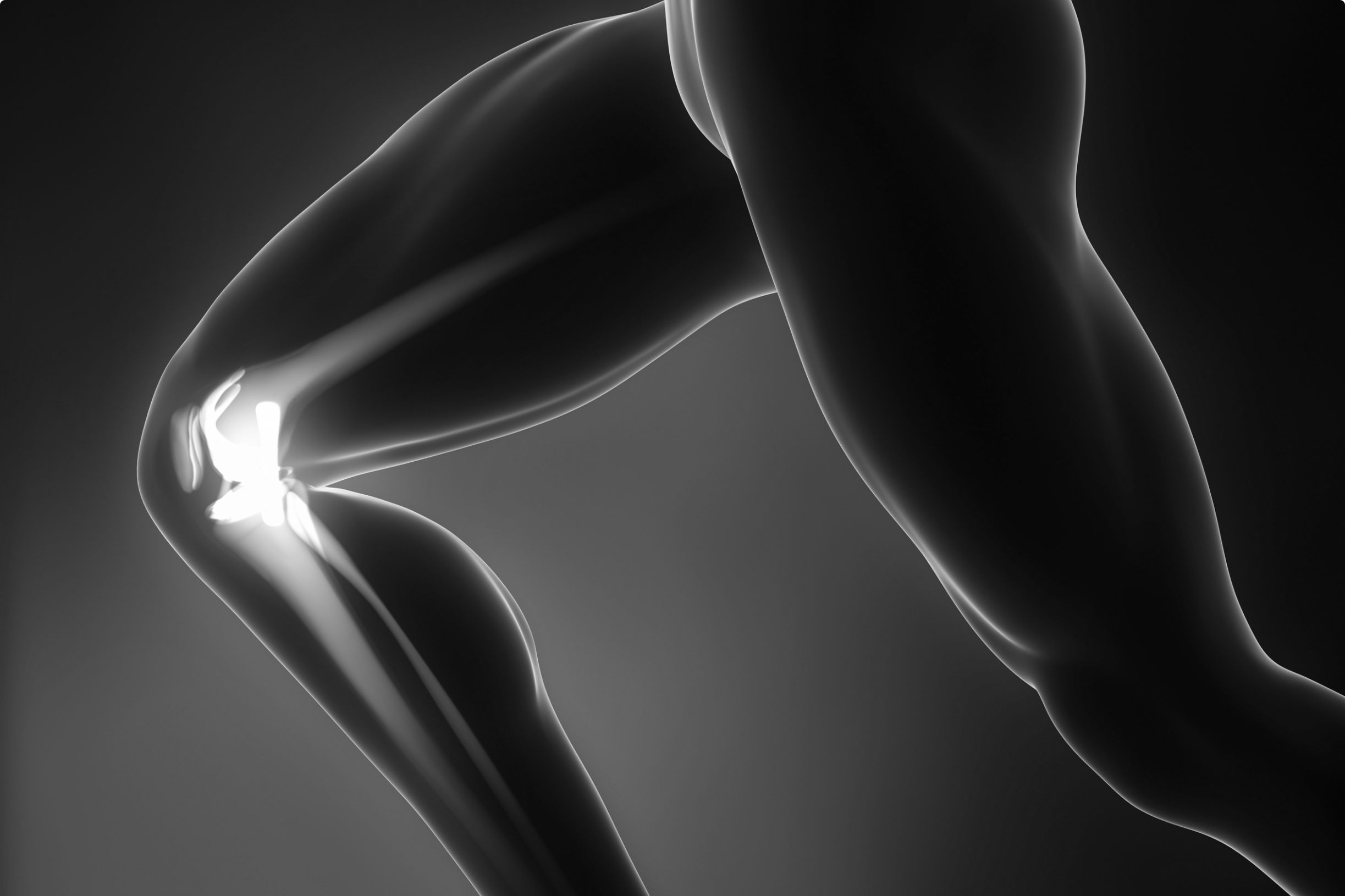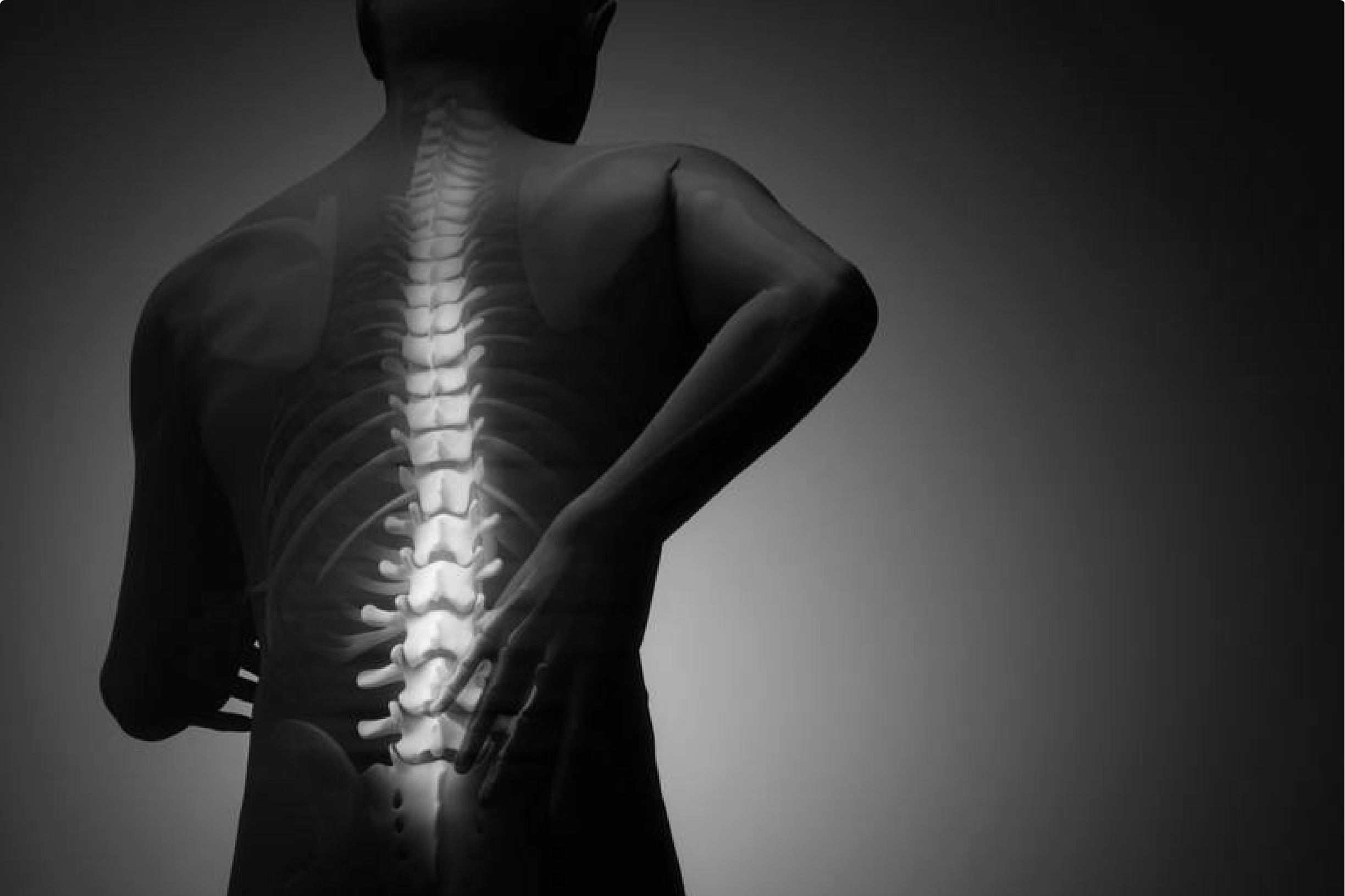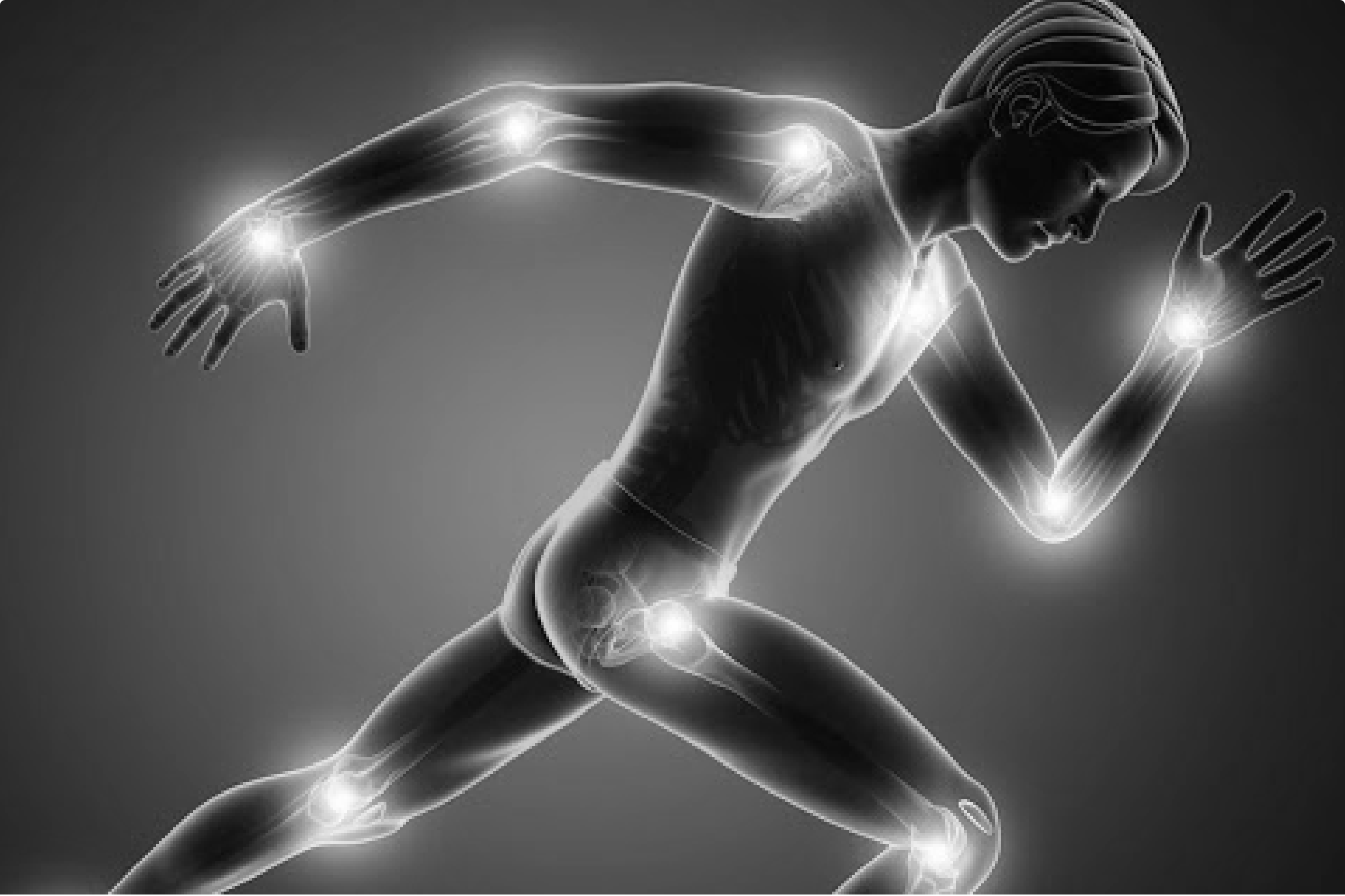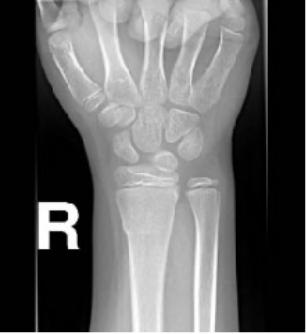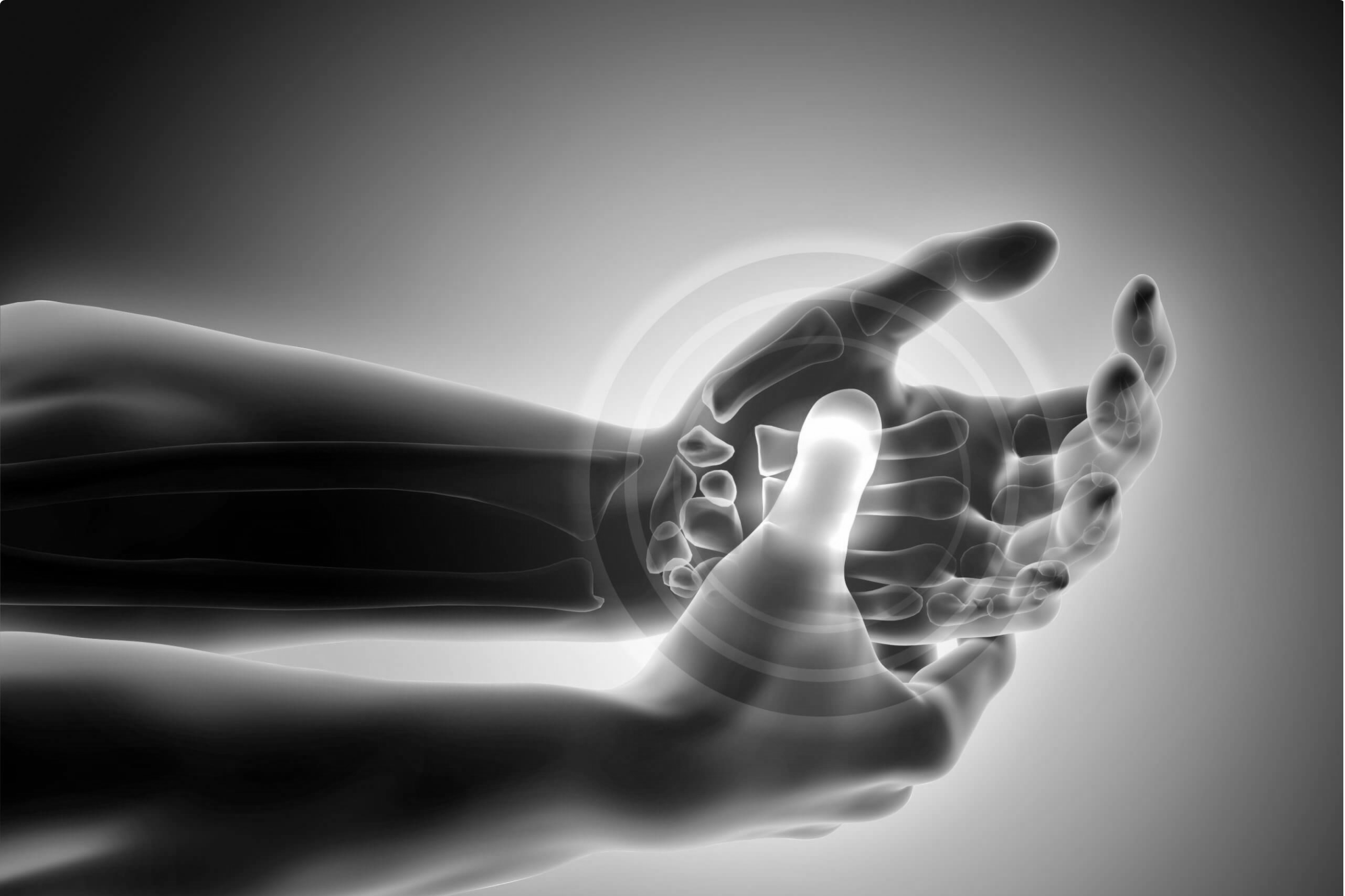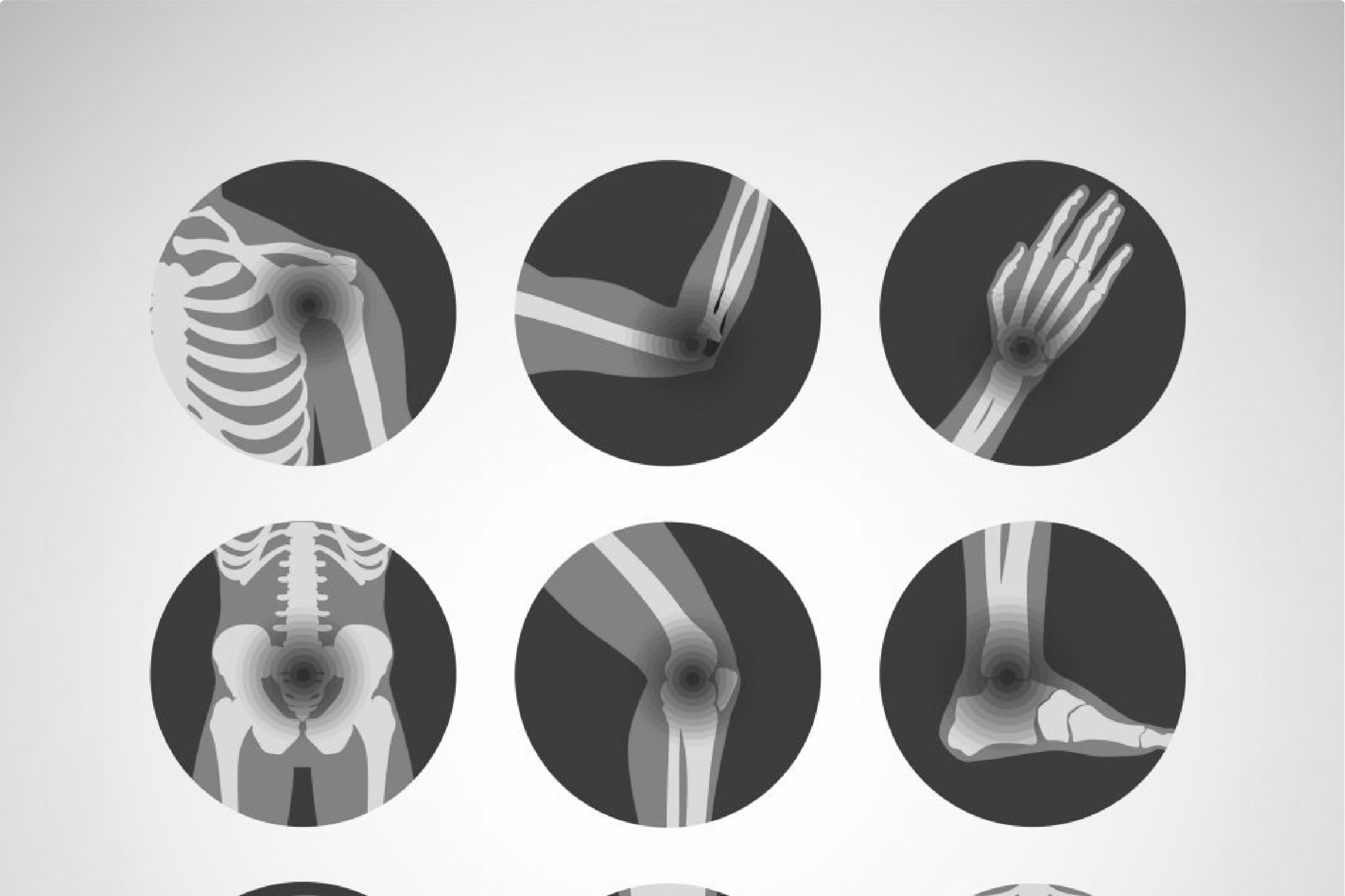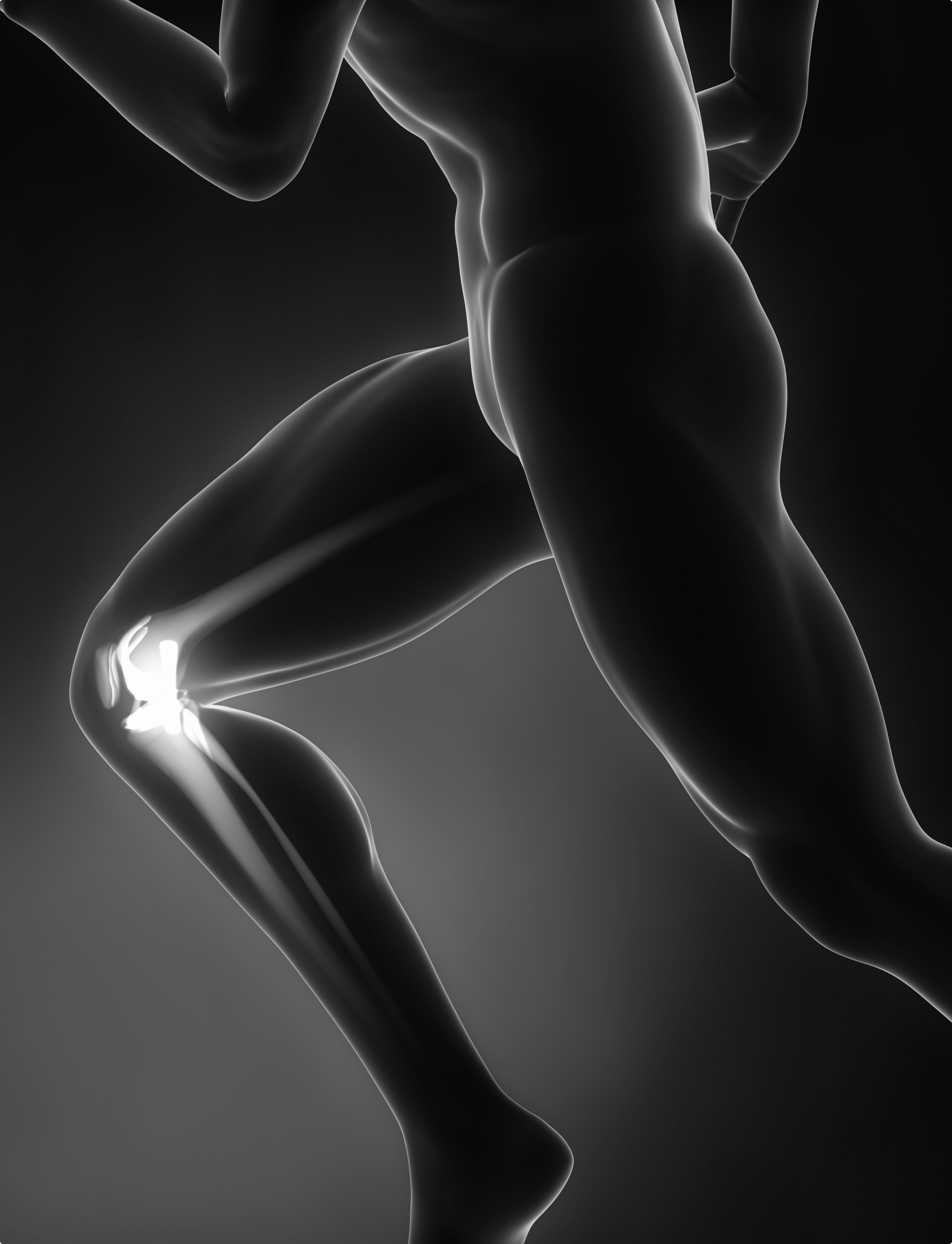
Joint Replacement
Joint replacement is also commonly known as Replacement Arthroplasty. It refers to a procedure of orthopedic surgery in which an arthritic or dysfunctional body joint, usually such as shoulders, knees, hips, fingers, elbows, or ankles, is replaced with an orthopedic/man made prosthesis like plastic or metal.
Some of the causes of dysfunctional joints include;
- Arthritis: It most often develops in people in their mid-40s or older. It’s also more common in women and people with a family history of the condition. The condition targets protective joint surfaces and results in pain, stiffness, or swelling that makes movement very difficult.
- Severe Accidents:
- Disease: Multiple diseases such as bone cancer, adult still’s disease, & Bursitis often cause joint stiffness and pain. Over time, the joint becomes severely damaged and may need replacement.
Usually when patients experience joint pain and dysfunction, their doctors may first suggest other treatments to reduce pain and help you move and feel better. These treatments usually include;
- Exercise Program
- Physical therapy
- Medications
- Walking aids
However, when the pain remains persistent, the patient is usually recommended to do a joint replacement surgery through which they need both physical and mental support and preparation.
If you have been recommended/ would like to get a Replacement Arthroplasty, please reach out to us.
At Ultima, we are well experienced in joint replacement surgeries and support. Some of our Arthroplasty expertise is in;
- Osteotomy of upper and lower extremity - Cutting of bones in the hands or feet to reshape them so that they relieve pressure on dysfunctional joints.
- Shelf acetabuloplasty - Operating the hip bone and fixing it with plastic or metal
- Pelvic osteotomy - Re-aligning the hip and pelvic bones to avoid the need for hip joint arthroplasty.
- Artrodesis - joining of bones /joint fusion to treat joint fractures and prevent movement in that joint.
- Joint replacements : Total knee replacement - Replacement of all damaged knee tissues, bones and cartilage in the knee joint.
- Unicondylar knee replacement - Only damaged knee tissues are replaced by plastic or metal.
- Patellofemoral knee replacement - Partial knee replacement
- Total hip replacement and resurfacing - Replacement of the entire hip joint or just the head of the thigh bone and replacing it with plastic or metal.
-
Revision of joint replacements from all the above mentioned.
Infection of implants or non-implant related infection.
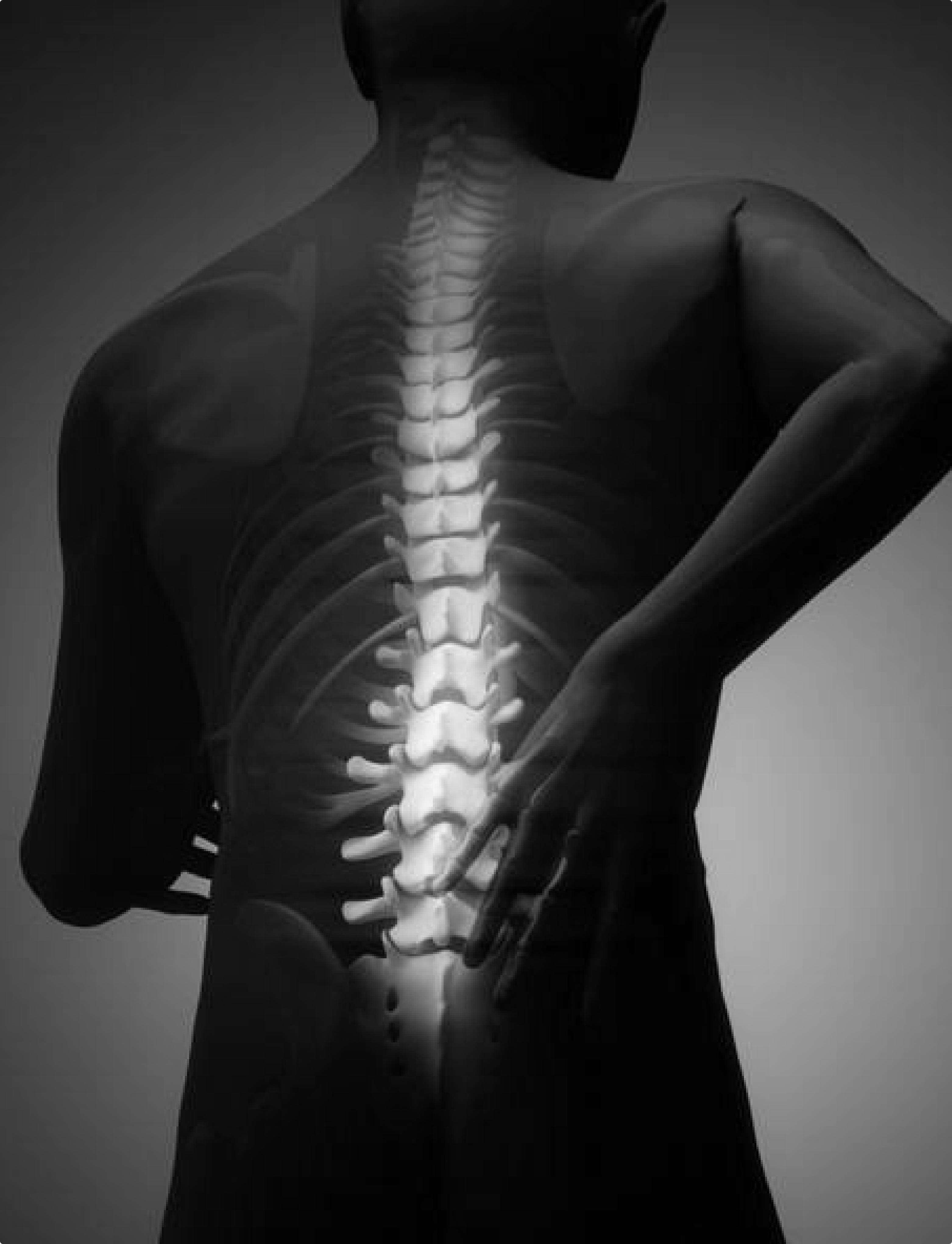
Back & Neck Surgery
(Minimal Invasive) Disc surgery for herniated discs (microdiscectomy), degenerative disc disease (Intra discal electrothermal treatment, Nucleoplasty) and infection (Automated percutanous lumbar discectomy). Pain management procedures: epidural block, nerve root block, SI joint block, facet block. Reconstructive disc surgery: dynamic stabilization, semi-rigid fixation and disc replacement. Surgery for spinal stenosis: decompression (direct and indirect), interspinous implants, (+/- less invasive approach).
Fusion surgery (posterior, anterior and 360 degrees) for degenerative cervical and lumbar disc disease and spondylolisthesis
Spondylolysis repair.
Treatment of failed back surgery syndrome.
Deformity treatment: Scoliosis correction, Kyphosis (Scheuermann) correction with
neuromonitoring during surgery.
Treatment of osteoporotic insufficiency fractures
(balloon kyphoplasty, vertebroplasty).
Myelopathy and cervical spinal stenosis
Spinal infection treatment
Treatment of post traumatic deformity
Staged treatment of vertebral fractures
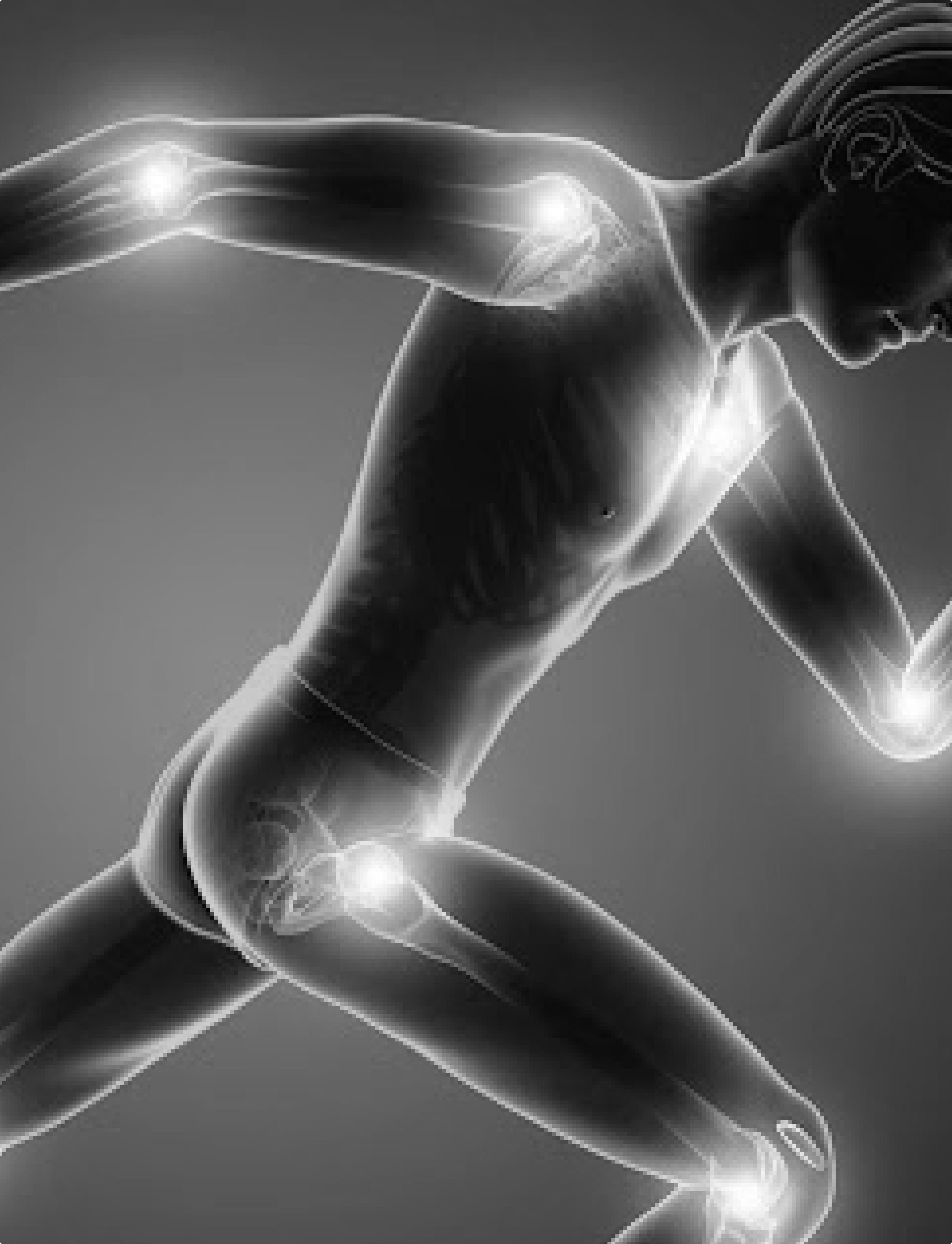
Sports and Medicine
Sports medicine is a branch of medicine that deals with physical fitness and the treatment and prevention of injuries related to sports and exercise. This can be done through open surgery if necessary, but it is often done through Arthroscopy.
Arthroscopy
Arthroscopy is a minimally invasive procedure for diagnosing and treating bone and joint related conditions using a small video aided tube that is inserted into the joint through a small incision. The goal is for the sports person to recover as well and quickly as possible.
This procedure allows the surgeon to see inside your joint without making a large incision. Surgeons can even repair some types of joint damage during arthroscopy, with pencil-thin surgical instruments inserted through additional small incisions.
Sports Medicine at Ultima;
- Arthroscopic repair of Knee, Shoulder, Ankle, and Elbow sporting injuries
- Arthroscopic cartilage repair or trimming of knee, shoulder, ankle and elbow
- Arthroscopic-assisted meniscus transplantation
- Arthroscopic-assisted fixation of broken bones of the knee
- Arthroscopic ACL repair
- Arthroscopic repair of dislocating shoulder
- Arthroscopic repair of torn rotator cuff
- Arthroscopic repair of SLAP lesions
- Arthroscopic repair of shoulder separation
- Arthroscopic treatment of stiff elbow
- Arthroscopic-assisted treatment of loose elbow
- Arthroscopic treatment of painful ankle
- Arthroscopic-assisted treatment of loose ankle
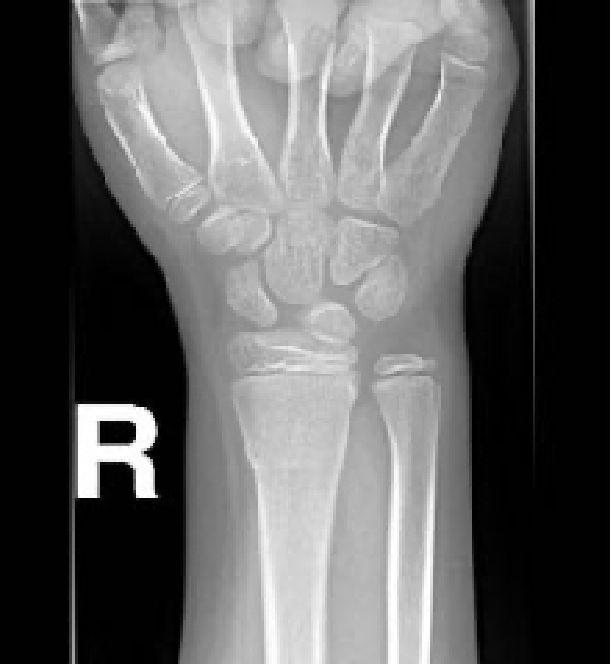
Fractures & Sprains
What is a Fracture?
The simple definition of a fracture is a partial or complete break in the bone. Fractures and breaks are the same thing!! Fractures can be classified in many different ways depending on the type and position of the break in the bone. Most fractures in children can be treated with closed reduction and casting.
What are the Symptoms of a Fracture?
The following are the most common symptoms of a fracture. It is important to remember, however, that every child may experience symptoms differently.
Symptoms of a fracture may include:
- Pain in the injured area
- Swelling in the injured area
- Obvious deformity in the injured area
- Difficulty or refusal to use or move injured limb
- Bruising, redness, warmth of injured area
How is a Fracture Diagnosed?
A fractured bone is diagnosed by the history of the injury (what happened?), the physical examination (what does it look like?) and by radiographs (x-rays).
What causes a fracture?
Fractures occur when there is more force applied to the bone than the bone can absorb. Bones are weakest when they are twisted. Common causes of fractures include falls and trauma. Fractures in children are different than adult fractures in many important ways. First, children have growth plates (also called physes) located at the ends of every long bone. The physes are responsible for the longitudinal growth of a bone. Fractures can pass through the growth plate which adds a separate set of concerns. How are pediatric Fractures different from adult fractures? Fractures in children are significantly different then they are in adults. A thick vascular lining called the periosteum covers children’s bones.
This periosteum is much thinner in an adult. In the child, the thicker periosteum can impart some stability to a fracture. With open growth plates and the thick periosteum, children are generally able to heal their fractures much more rapidly than adults. Having open growth plates (physes) does have some advantages when treating fractures. Bones that are growing have the ability to “remodel” or correct back to their original shape when fractured. Remodeling of a bone refers to the attempt to straighten itself out over time. Generally, the closer the fracture is to a growth plate, the more it can remodel. Because of the growth plates and ability to remodel, we accept some fracture alignments in children that we cannot accept in adults.
Injury to the growth plate can be minor or severe. A fracture occurring through the growth plate may not be seen on plain x-rays. The growth plate is not calcified and is therefore seen as a black line on x-rays (fracture line impossible to see: black on black). A physeal fracture (Salter Harris) is sometimes presumed based on the presence of tenderness at the growth plate alone.
Damage to the physis can disrupt future growth at that site. The more severe the injury, the more likely some growth disturbance will arise after the fracture has healed. We will monitor all patients with physeal fractures for any growth arrest/disturbance.
Treatment for a Fracture:
In general, the majority of pediatric fractures can be satisfactorily treated in a cast. Sometimes the fracture is initially placed in a splint prior to the cast to allow for swelling. The cast is placed to hold the fracture in alignment and protect the extremity while the initial healing occurs. Casts immobilize the joint above and the joint below the injured bone. Children are able to tolerate immobilization in a cast much better than adults.
Stiffness (decreased range of motion) is unusual in children after the cast is removed. Following cast immobilization, physical therapy is rarely needed because children tend to resume normal activity gradually on their own. The overall goal of treatment is to control the pain, promote healing, prevent complications, and restore the normal use of the fractured area. Any open fracture (broken bone exits through the skin) should be treated urgently in the operating room.
Treatment may include:
Closed Reduction/Casting: Child is often given conscious sedation for relaxation and pain control, and the surgeon will put the bones back into alignment. There is no incision in a closed reduction. After the bones are in acceptable alignment, the surgeon will put on the appropriate cast/splint.
Medication: Pain medications are often needed with fractures.
Tylenol with codeine elixir and/or Ibuprofen (Motrin) can be used in the first few days after a fracture/reduction. If there was an open fracture, then antibiotics will be needed to prevent infection.
Surgery: Some fractures will require surgical intervention. Fractures likely to require surgery include:
• Fractures displacing a growth plate/physis
• Fractures extending into a joint
• Pathologic fractures (through abnormal bone/tumors)
• Open fractures (any skin break)
• Elbow fractures (supracondylar, lateral condyle fractures)
• Hip, Pelvis and Femur (thigh) fractures Surgery may necessitate the placement of pins, screws or plates to maintain alignment as the fracture heals. The surgery may involve closed reduction and pinning (no incision), or an open reduction with internal fixation (open incision). Percuataneous pins are removed in the office once the fracture has healed, and internal hardware may need to be removed at a later date in the operating room.
RECOVERY AND REHABILITATION
Fractures take several weeks to several months to heal, depending on the extent of the injury and how well you follow your doctor’s advice. Pain usually stops long before the fracture is solid enough to handle the stresses of normal activity.
Even after your cast or brace is removed, you may need to continue limiting your activity until the bone is solid enough to use in normal activity. Usually, by the time the bone is strong enough, the muscles will be weak because they have not been used. Your ligaments may feel “stiff” from not using them. You will need a period of rehabilitation that involves exercises and gradually increasing activity before those tissues will perform their functions normally and the healing process is complete.
After your treatment You should return to the fracture clinic or accident and emergency department at the hospital as soon as possible if:
• you continue to have pain
• your swelling doesn’t go down and your toes or fingers turn bluish
• your fracture has an offensive smell or discharge
• your cast has been damaged (eg it has softened because it got wet)
• your skin has become increasingly red around the wounds
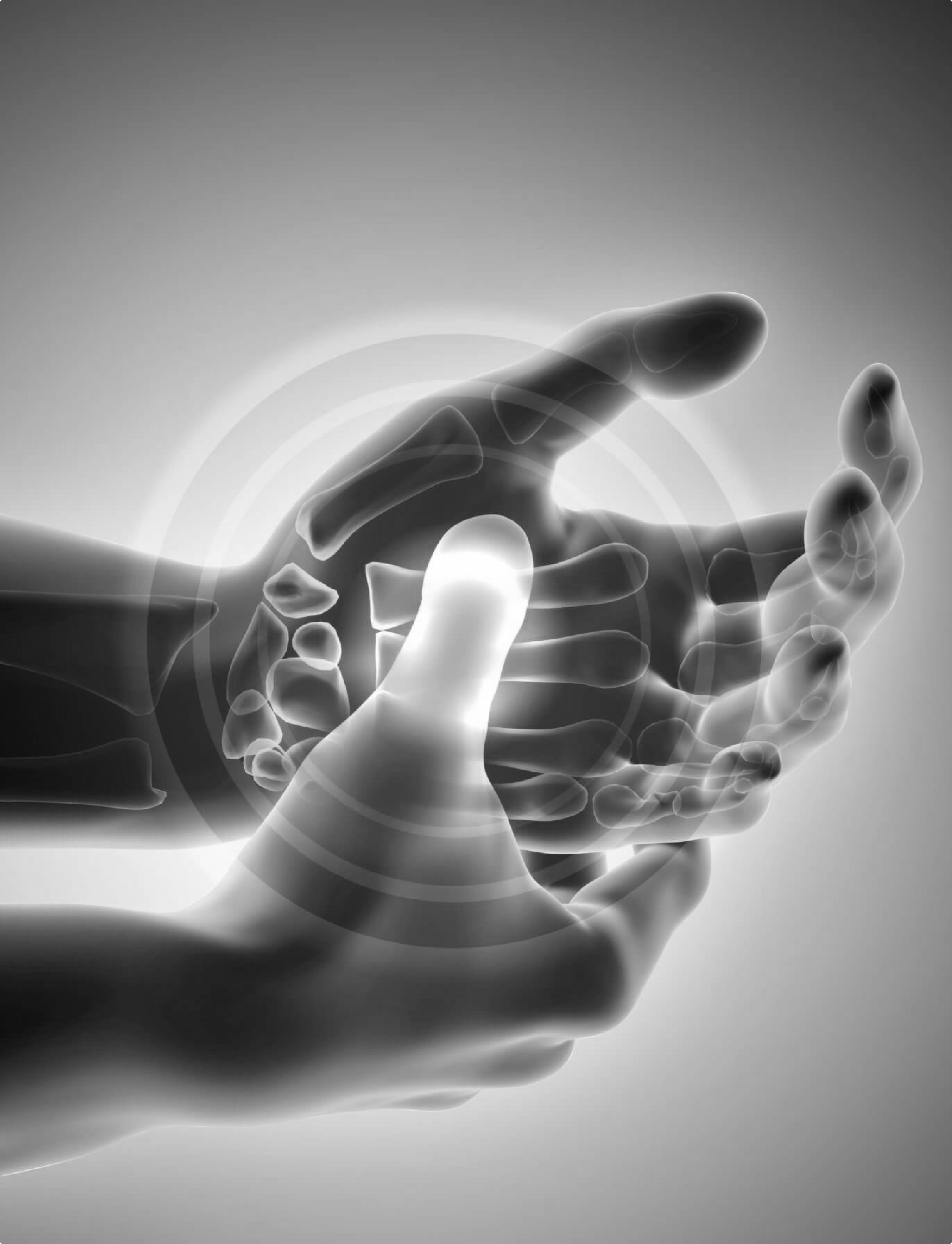
Arthritis
Arthritis is a condition that is most common among people in their mid 40s and above. It causes joint pain and inflammation resulting in difficulty in moving.
There are two types of Arthritis
- Osteoarthritis
- hands
- spine
- knees
- hips
- Age
- Family history
- Obesity
- Routine exercise
- Losing weight in case you are overweight
- Wearing simple and comfortable footwear
- Using special devices to reduce the strain on your joints during your everyday activities
- Rheumatoid Arthritis
- hands
- feet
- wrists
- Joint pain, tenderness, and stiffness
- inflammation in and around the joints
- restricted movement of the joints
- warm red skin over the affected joint
- weakness and muscle wasting
- Smoking
- Family History
- Gender - Like we said, women are more vulnerable to Arthritis than men are.
This type of arthritis is most common among women and people with a family history of the condition. However, the condition may also be caused by an injury or other joint-related conditions such as gout.
Osteoarthritis first affects the smooth cartilage lining of the joint. This makes movement more difficult than usual, leading to pain and stiffness. Once the cartilage lining starts to roughen and thin out, the tendons and ligaments have to work harder and this causes swelling and the formation of bony spurs called osteophytes.
Severe loss of the cartilage lining can lead to rubbing of the bones in the connecting joint, altering its shape, and forcing the bones out of their normal position.
The most commonly affected joints are those in the:
Signs, symptoms and managing Arthritis
Signs and symptoms of osteoarthritis include joint pain, swelling, and stiffness which results in difficulty moving the joint and doing everyday activities. In some instances the pain is persistent and in others it is periodic. Sometimes, the area can become reddish
You should see one of our doctors if you have persistent symptoms of osteoarthritis so they can confirm the diagnosis and prescribe any necessary treatment.
In most cases, osteoarthritis is caused by;
Managing Osteoarthritis
Osteoarthritis condition is permanent (cannot be cured) but a patient can feel/move better even with the condition if they involve in activities such as;
Painkillers and structured exercise programs with a physiotherapist are recommended in case of more severe symptoms.
Rheumatoid arthritis is an autoimmune disease. This means your immune system (which usually fights infection) attacks the cells that line your joints by mistake, making the joints swollen, stiff and painful.This is the type of arthritis with severe symptoms and is more long-term. It causes pain, swelling and stiffness in the joints and usually affects other body parts and tissues to cause weakness, weight loss, etc.
Rheumatoid arthritis first affects the outer covering (synovium) of the joint. This can then spread across the joint, leading to further swelling and a change in the joint's shape, causing the bone and cartilage to break down.
The most commonly affected joints are those in the;
Signs and symptoms of Rheumatoid arthritis include;
With rheumatoid arthritis, a patient may experience periods where symptoms become worse. These periods are called flares or flare ups.
You should see one of our doctors if you have persistent symptoms of Rheumatoid arthritis so they can confirm the diagnosis and prescribe any necessary treatment.
In most cases, Rheumatoid arthritis is caused by;
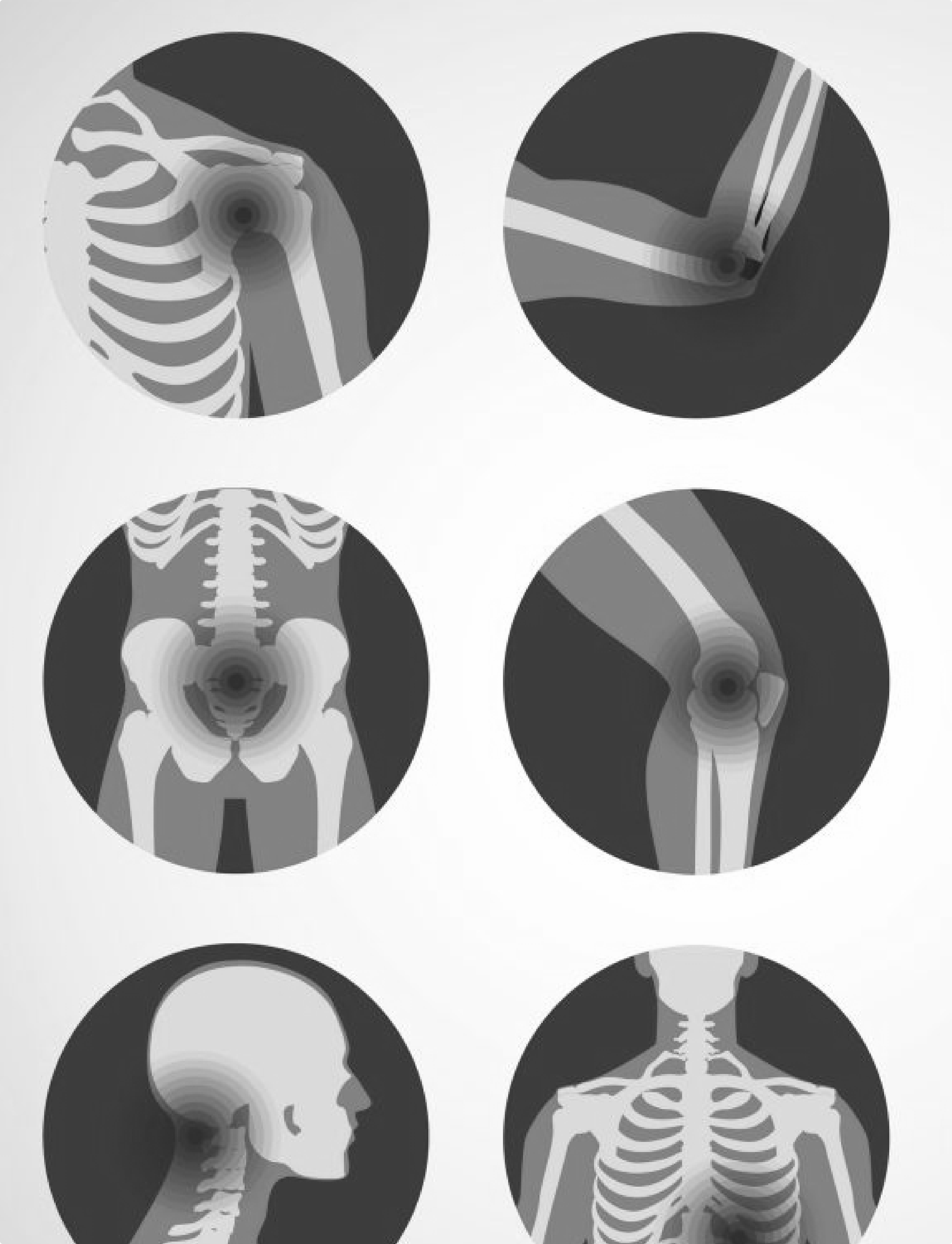
Pediatric Orthopaedics
Paediatric Orthopaedics is a specialist service which provides surgical and non-surgical treatment for children with congenital, developmental and acquired musculoskeletal conditions such as Juvenile Idiopathic Arthritis, Perthes, and sometimes Cerebral Palsy.
Ultima Pediatric Orthopaedic areas;
- Clubfoot - Moving the baby’s foot back into the right position and then placing it in a cast to hold it there for a while.
- Congenital Dislocation of Hip (also called Developmental Dysplasia of Hip) - Sometimes, babies are born with dislocated hip joints. It has to be repositioned to its socket.
- Bow Legs - When legs are curved outwards but the ankles meet, a minimal incision surgery can encourage the limbs to grow straight.
- Knock Knees - knee realignment or bracing for children with knock knees.
- Pediatric Fractures - Fixing broken bones in children
- Leg Calves Perthes Disease of the hip - condition in children where blood supply to the femur region is interrupted and the bone begins to die. If non-surgical treatments prove inadequate, surgery involving osteotomy to hold the head of the thigh bone in the hip socket may be required.
- Cerebral Palsy - It affects a person’s ability to move, maintain balance and posture. Treatment can include physical(muscle training, exercise, etc) or occupational(speech & language, recreational) therapy.
- Flat Foot - For painful flat feet, treatments include arch supports for the shoes, stretching or a structurally supportive shoe.
- Curved Spine (Scoliosis) - Bracing or surgery for sideways curving spine.
- Pediatric Bone Tumors - Running clinical trials and treatments for children with bone tumors and cancers like Osteosarcoma and Ewing sarcoma.
- Congenital Limb Malformations - Management procedures including artificial prosthetics, bracing, minimal incision surgeries and rehabilitation for children whose limbs did not fully develop.
- Hip Infections - Treatment of Hip infections such as toxic synovitis and septic arthritis, including a minimal incision surgery if required.
- Dysplasias and Dwarfism
